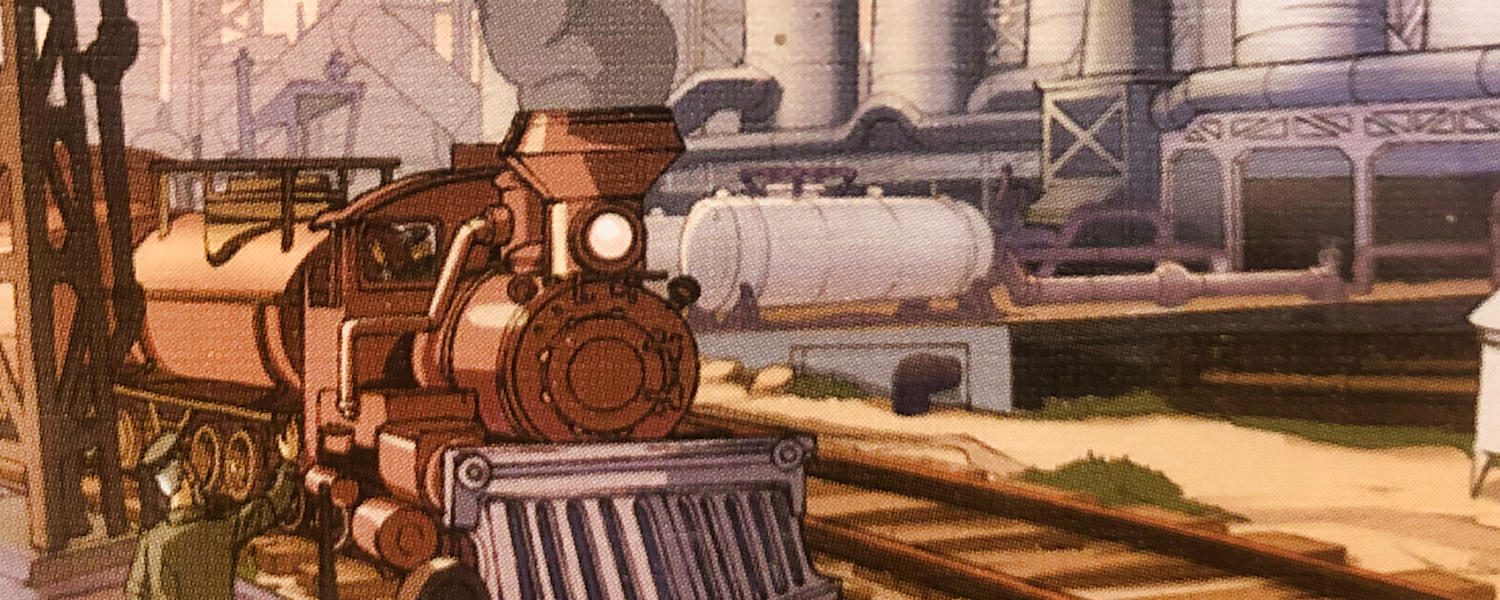
Furnace
In February 2021, the game Furnace landed on our table for the first time. It quickly became clear that this was not a dry economic game, but an engine builder with an unusual auction mechanism. Since February, the game has been on the table countless times in various game groups and this much in advance: Furnace is still a lot of fun! In Furnace we slip into the role of capitalists In doing so, we must constantly keep an eye on the modernization of our factories and the refinement of raw materials.
Starting the machines
The setup of Furnace is quick. Each player receives an entrepreneur card, a color marker and the corresponding colored auction discs. In addition, there is a factory and the raw materials shown as starting capital. Then the factories are laid out, which the players can buy in the auction phase. The number varies according to the number of players. Furnace is played over four rounds. Each round is divided into two phases:
- The Auction Phase
- The Production Phase
The Auction Phase
In the Auction Phase, players take turns bidding on companies and raw materials by placing their Auction Discs with values 1,2,3 and 4 on the corresponding company. There are only two rules that must be followed:
- No two auction discs with the same color may be placed on the same factory.
- No two auction discs with the same value may be placed on the same factory.
This is nothing special so far, but: on each company card raw materials are shown at the top. The losing player in the auction gets these raw materials and in the number of his Auction Disc. The highest bidder gets the factory. Thus, a speculative and exciting competition develops in the auction phase, since it is not only about acquiring factories, but also about grabbing raw materials. After all, these want to be turned into money in the production phase. Besides raw materials, there is also the possibility to use actions (e.g. exchange raw materials at a good rate). These so-called compensation effects are often more interesting than the companies themselves. The evaluation of the auction phase is then done in the order of the cards. All players who have bought a factory at an auction can place it at the beginning, at the end, or somewhere between two factories in the production chain. The order of the cards on the table may not be changed (advanced variant).
The Production Phase
Once the raw materials have been distributed and all compensation effects and company increases have been processed, the Production Phase begins. Starting with the starting player, the players activate their production chains in turn. The companies in the production chain are processed from left to right. A factory can have several effects depending on its modernization status. These are then processed per factory from top to bottom.
The modernization status of a company can be seen at the bottom. If the lower row of effects is grayed out, the factory is not modernized. Only the upper effect is executed. To modernize a company you need a modernization marker and usually an additional resource (these are available on every starting factory). As soon as you decide to modernize a factory, it is turned to the back side. Then both effects can be used. Modernization markers count next to oil as an extremely rare and therefore valuable resource.
Capitalists and special rules
Furnace offers many special rules that can be omitted without problems for the first rounds. For example, all capitalists have certain advantages that are described on the cards:
- The player gets an additional auction disc
- The player can ignore the placement rules during the auction
- A factory can be reactivated for two coals
- The modernization of a company can be paid in silver instead of a modernization marker
- The value of the player's own auction disc is increased by one for compensation effects
When playing in pairs, an additional player in the form of a die is added during the auction phase to randomly block companies or compensation effects.
After the fourth round.
Furnace is one of the games that appealed to me because of the artwork. The minimalist design veers somewhere between Victorian era, industrialization and steampunk. After the first few rounds, I quickly realized that there was a lot of fun in the small box. Due to the clear and very concise rules, the game also works well with older children and beginners. It should be noted, however, that contrary to the instructions in the Production Phase, you play the variant for advanced players. This allows a better structuring of the production and lowers the brooding factor.
The Auction Phase offers a lot of interaction between the players due to the fancy rules. Often you try to get the coveted raw materials with a low auction disc and then "only" get the factory, because the other players have no interest in the card at all. Newly acquired factories are then incorporated into the production chain as profitably as possible - a treat for optimizers. The final production can then be handled simultaneously by more experienced game groups.
Furnace is a small and easy to learn game with a great auction mechanism that is perfect for a quick round in between, or as an introduction to the game evening. Ideally, the game evening continues with BRASS ;-).
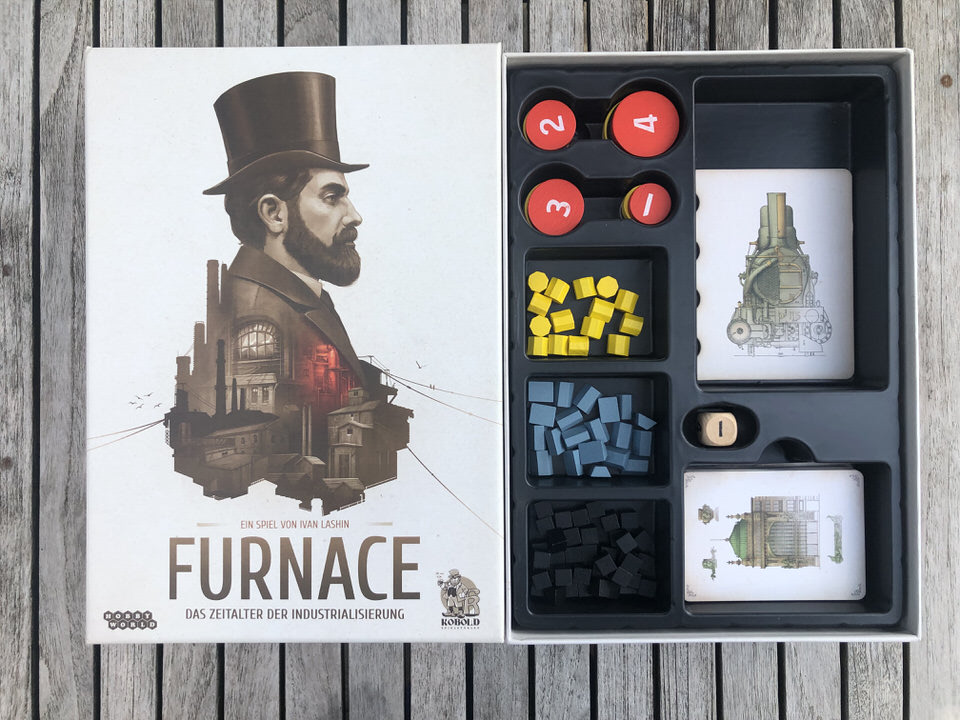
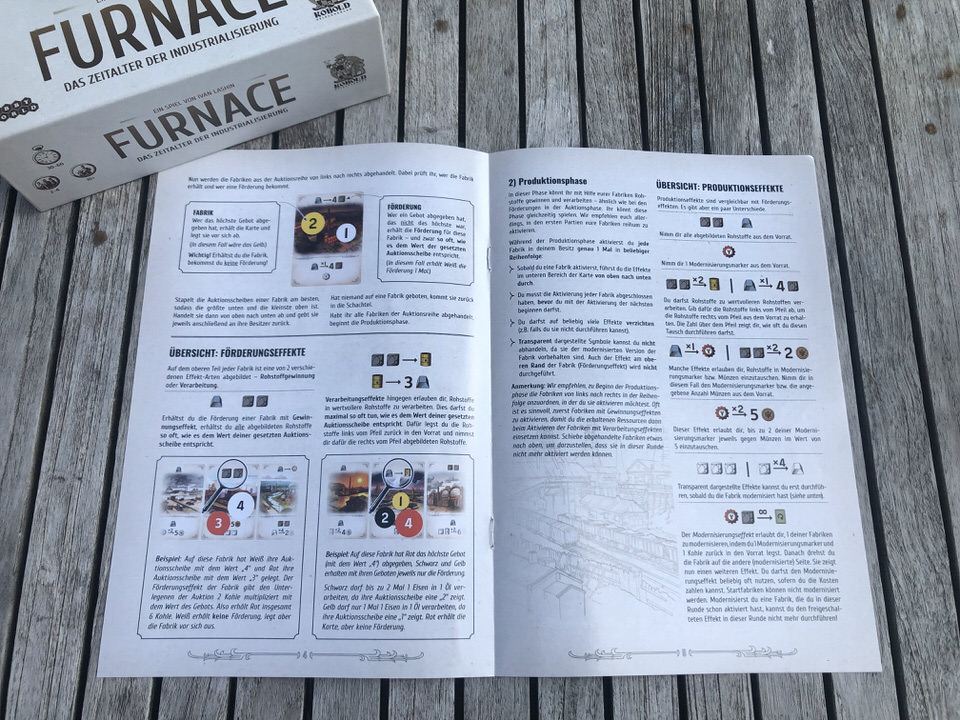
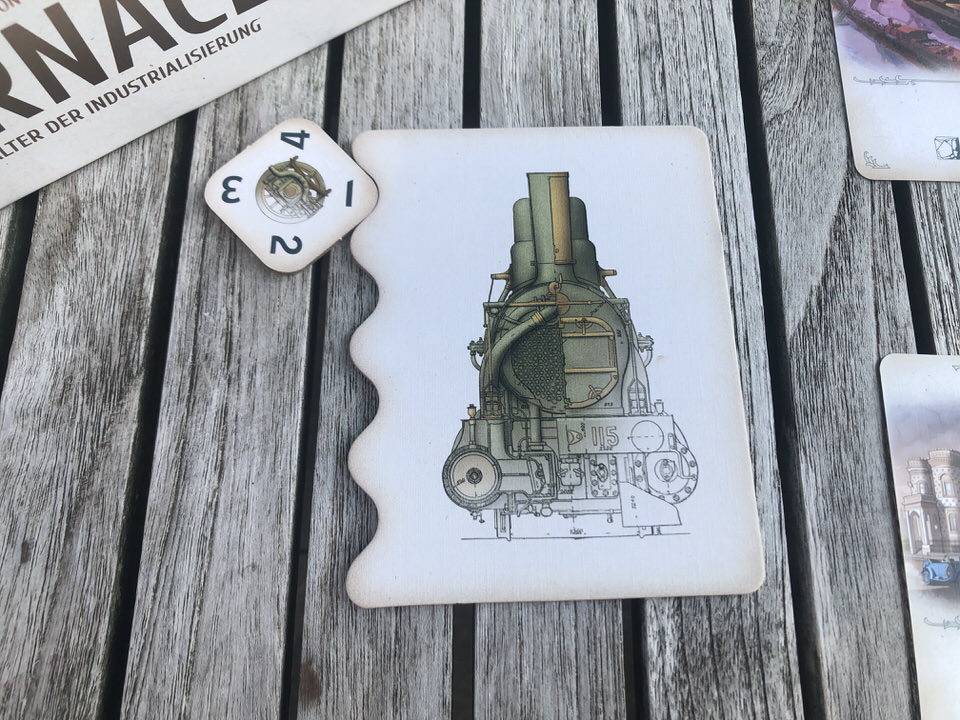
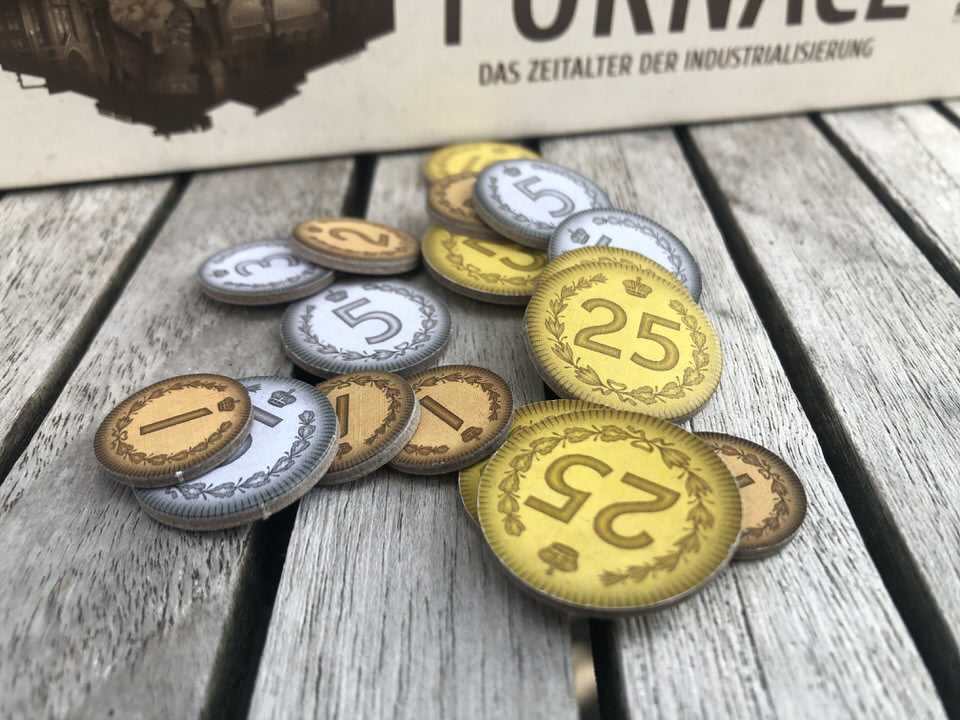
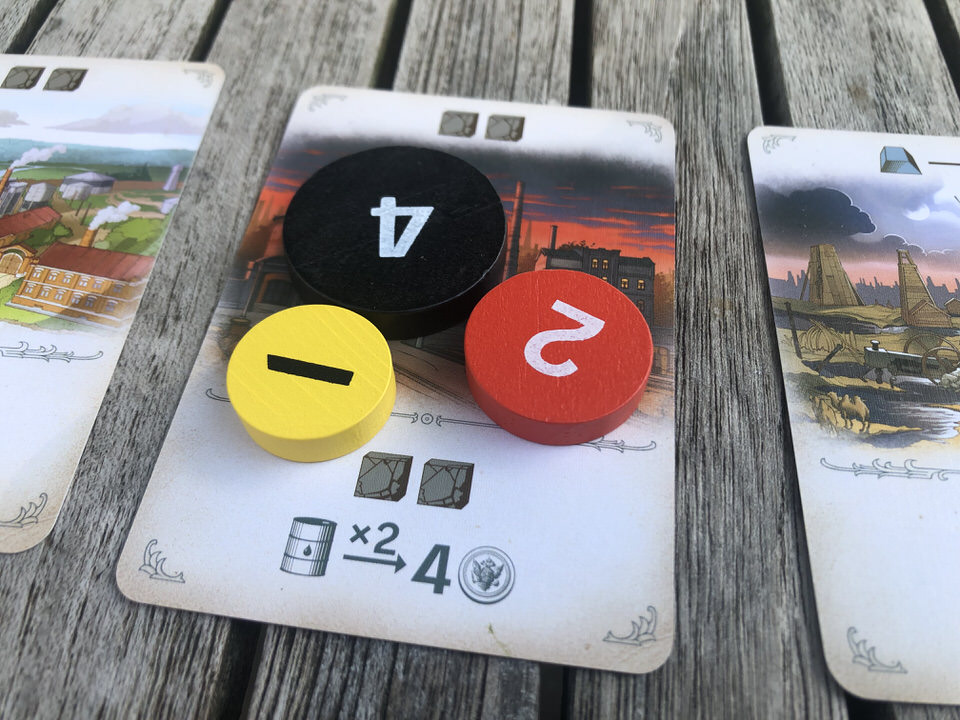
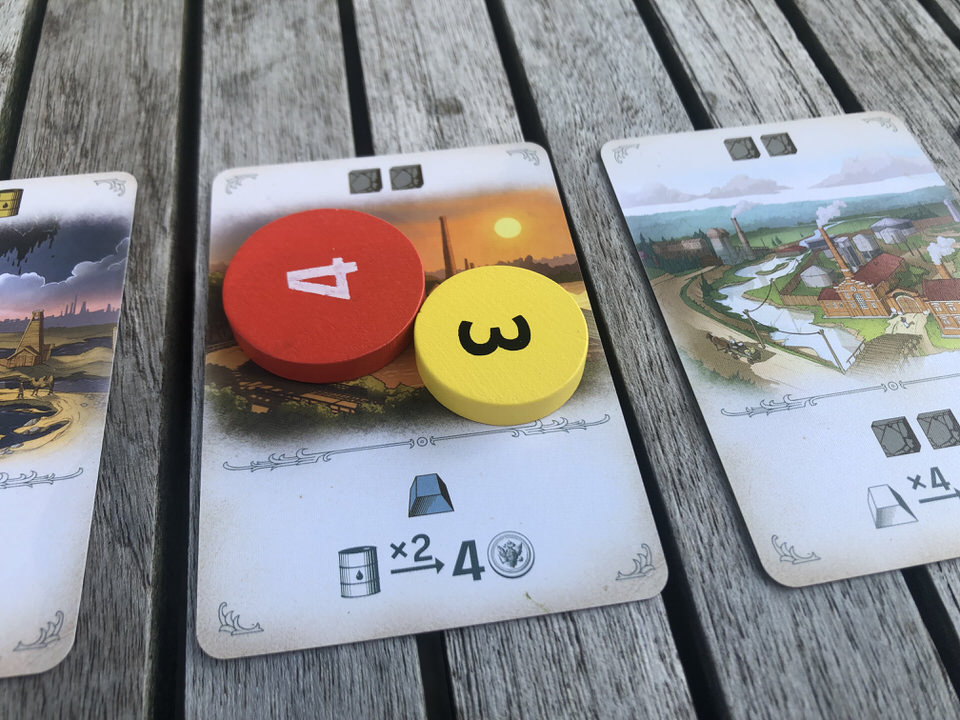
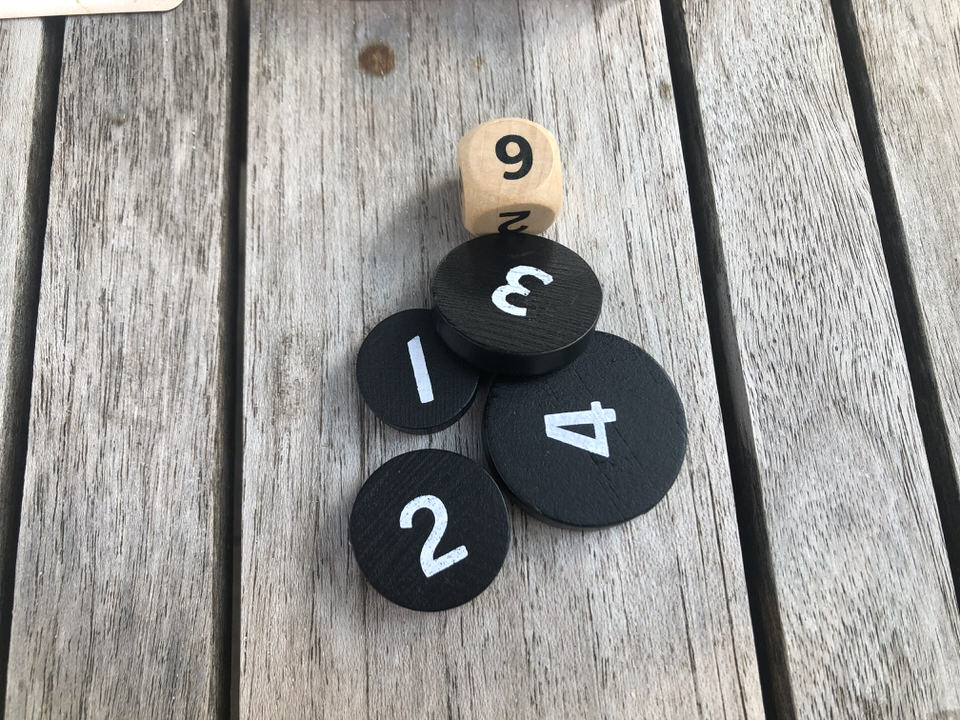
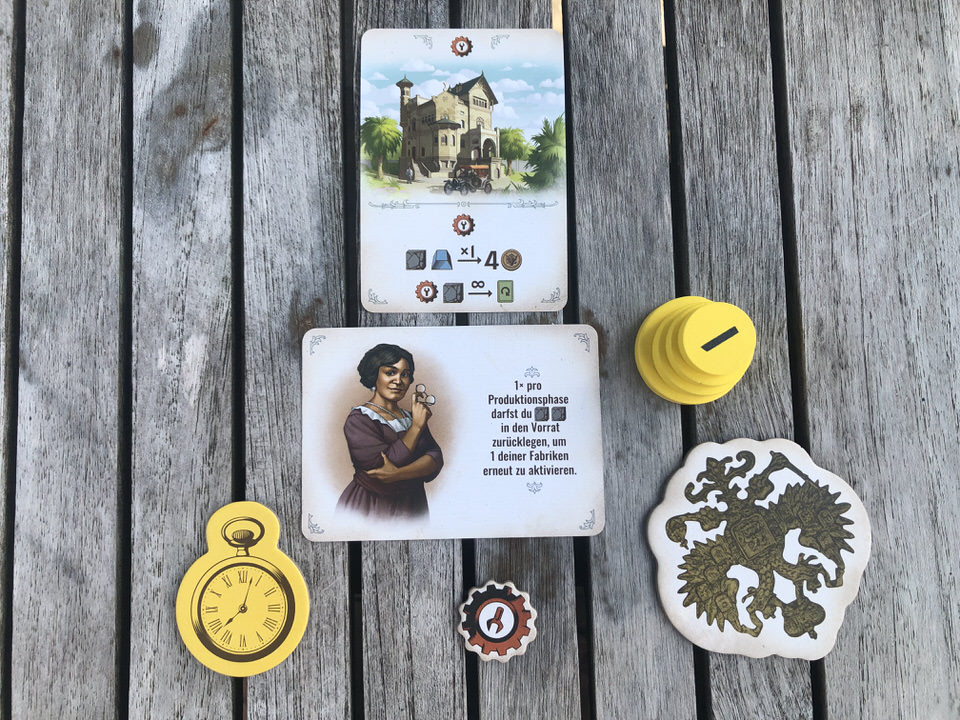
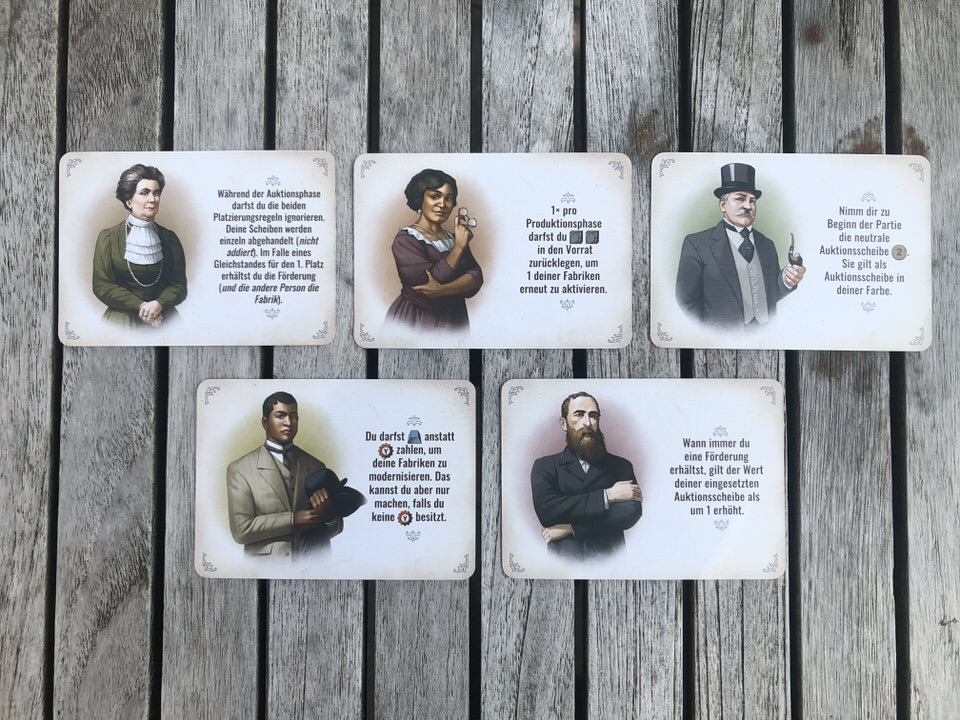


Leave a comment